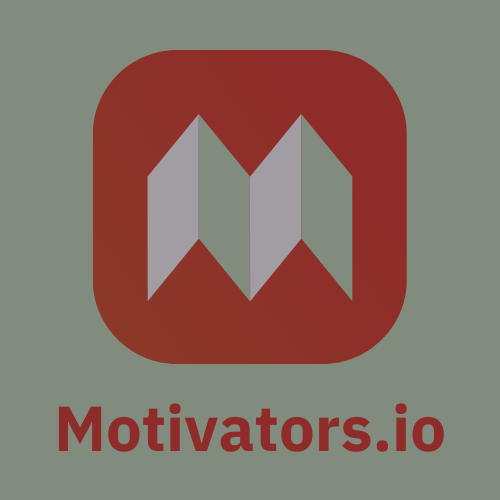Prioritize Your Top Motivators to
Make Better Career Decisions
The Motivator Assessment Profile (MAP)™ analyzes 12 factors that influence the recruitment and retention of athletes and employees
-

1. Create Your MAP
Take the self-assessment or send the MAP to your employees, players, or clients.
-

2. Reflect and Prioritize
Reflect on the personalized insights and resources within your MAP Guidebook.
-

3. Improve Your Decision Making
Discuss your top motivators with your manager, coach, advisors, or family.
Individual Assessments
-

Student-Athletes & Recruiting Services
The MAP enables student-athletes to prioritize the teams and programs that support their top motivators. -

Individuals & Career Coaches
The MAP supports job seekers and employees to identify, prioritize, and fulfill their top motivators at work.
Team Assessments
-

College & University Coaches
The MAP enables Coaches and Recruiters to analyze student-athlete motivators, personalize the recruitment process, improve scholarship decisions, and reduce transfer risks.
-

HR & People Leaders
The MAP uncovers the primary factors that influence decisions to join, stay with, or leave a job or company. These insights enable you to personalize and invest in more impactful employee experiences.
Customer Stories
Create Your MAP Now
-

Student-Athletes
$25 USD
INCLUDES:
- Access to complete your Motivator Assessment Profile (MAP)
- A personalized MAP Guidebook with motivator insights and student-athlete resources (14-15 pages)
- Scoring and stack ranking for all 12 motivators
- Detailed summaries and insights to support your top five motivators
- Personalized questions for self-reflection and career coaching
- Motivator-specific questions to discuss with your current or potential Coaches
-

Job Seekers & Employees
$25 USD
INCLUDES:
- Access to complete your Motivator Assessment Profile (MAP)
- A personalized MAP Guidebook with motivator insights and career coaching resources (14-15 pages)
- Scoring and stack ranking for all 12 motivators
- Detailed summaries and insights to support your top five motivators
- Personalized questions for self-reflection and career coaching
- Motivator-specific questions to discuss with your current or potential Manager
Purchase the MAP for Your Teams & Clients
-

College & University Coaches
$25 USD per MAP - Minimum 5 quantity
$500 USD - MAP Insights Dashboard (optional)
INCLUDES:
- Bulk purchasing of MAP credits
- White-labeled assessment link to send directly to your student-athletes
- Real-time access to individual MAP results
- Personalized MAP Guidebooks for your Team (Brand, Logos, and Text)
- Option to purchase the MAP Insights Dashboard to analyze student-athlete motivators and trends down to the question level
-

Recruiting Services & Career Coaches
$25 USD per MAP - Minimum 5 quantity
$500 USD - MAP Insights Dashboard (optional)
INCLUDES:
- Bulk purchasing of MAP credits
- White-labeled assessment link to send directly to your clients
- Real-time access to individual MAP results
- Personalized MAP Guidebooks for your Coaching or Professional Services practice (Brand, Logos, and Text)
- Option to purchase the MAP Insights Dashboard to analyze motivator trends, identify new workshops or services
-

Human Resources & People Leaders
$25 USD per MAP - Minimum 5 quantity
$500 USD - MAP Insights Dashboard (optional)
INCLUDES:
- Bulk purchasing of MAP credits
- White-labeled assessment link to send directly to your employees or candidates
- Real-time access to individual MAP results
- Personalized MAP Guidebooks for your company (Brand, Logos, and Text)
- Option to purchase the MAP Insights Dashboard to analyze employee motivators by job title, function, and employee demographics down to the question level
“Understanding a person’s hunger and responding to it is one of the most potent tools you’ll ever discover for getting through to anyone you meet in business or your personal life.”
― Mark Goulston, Just Listen: Discover the Secret to Getting Through to Absolutely Anyone


